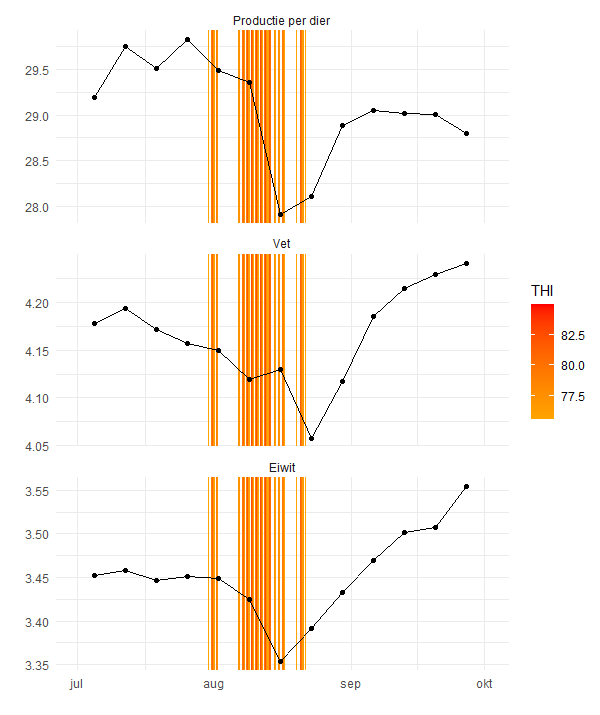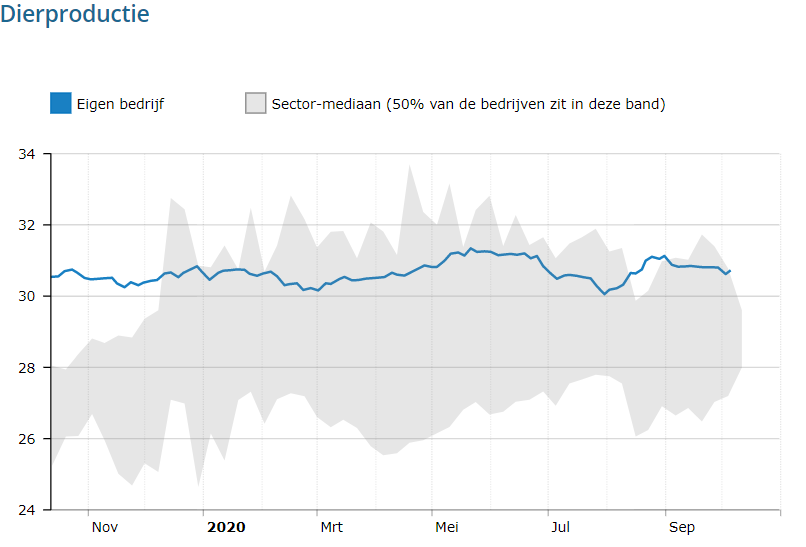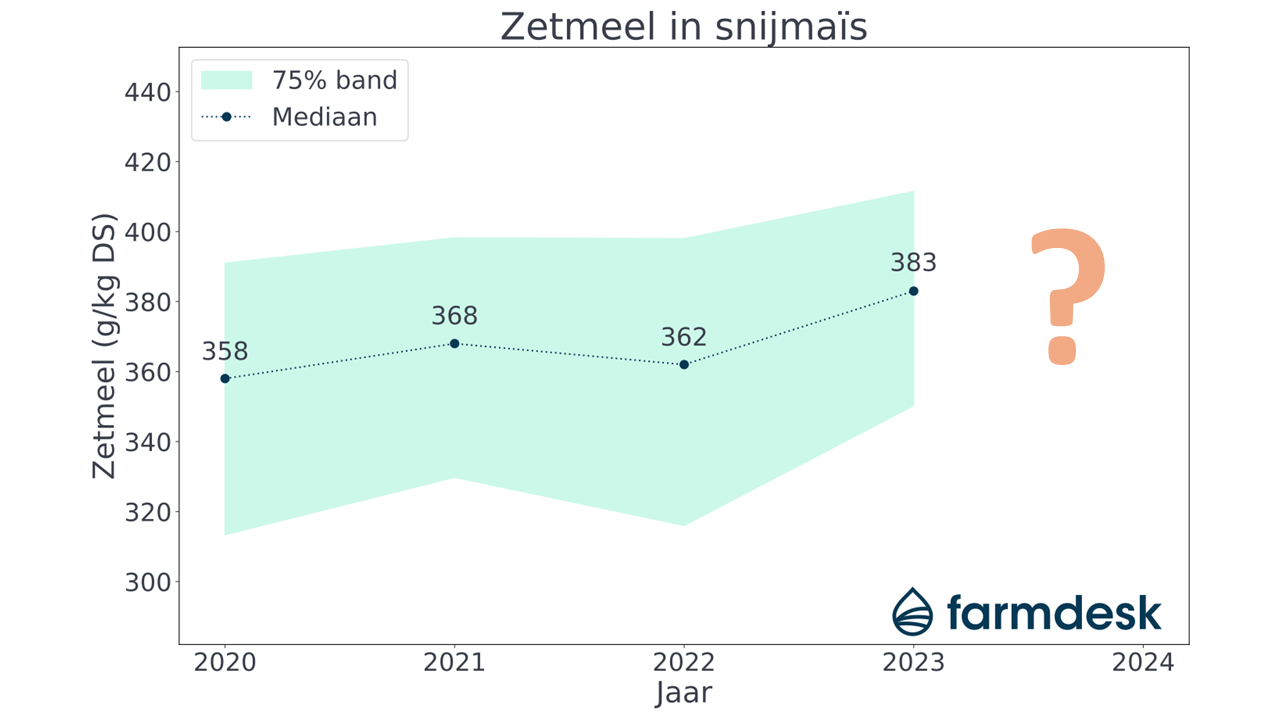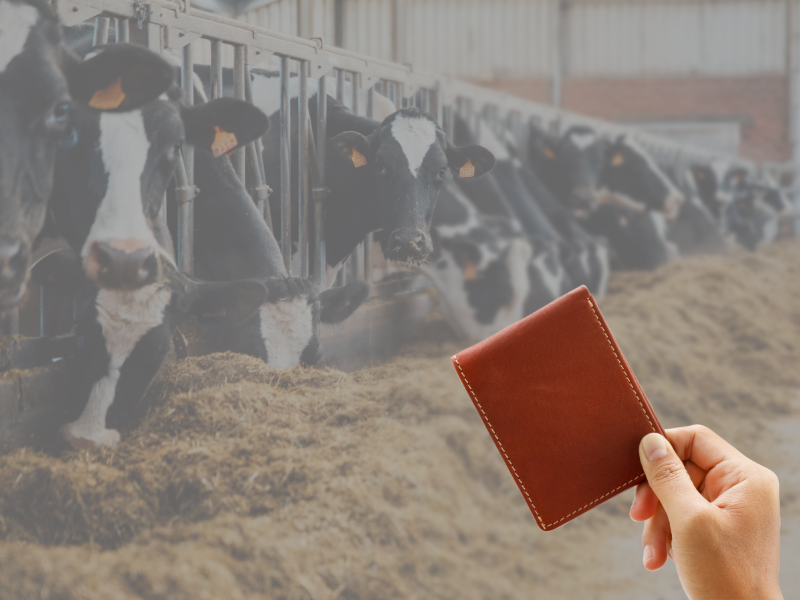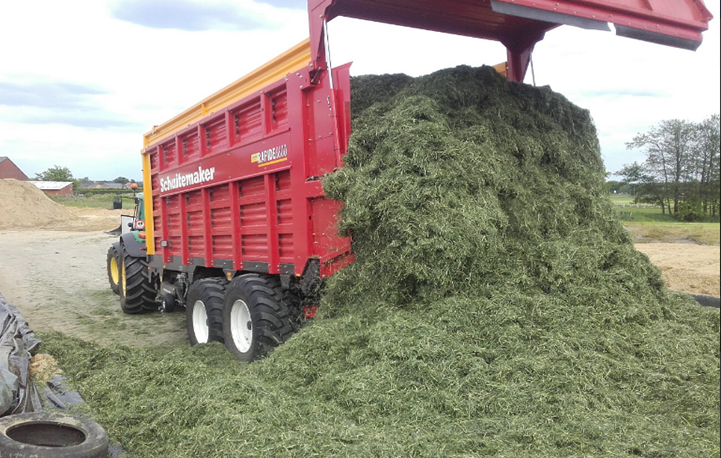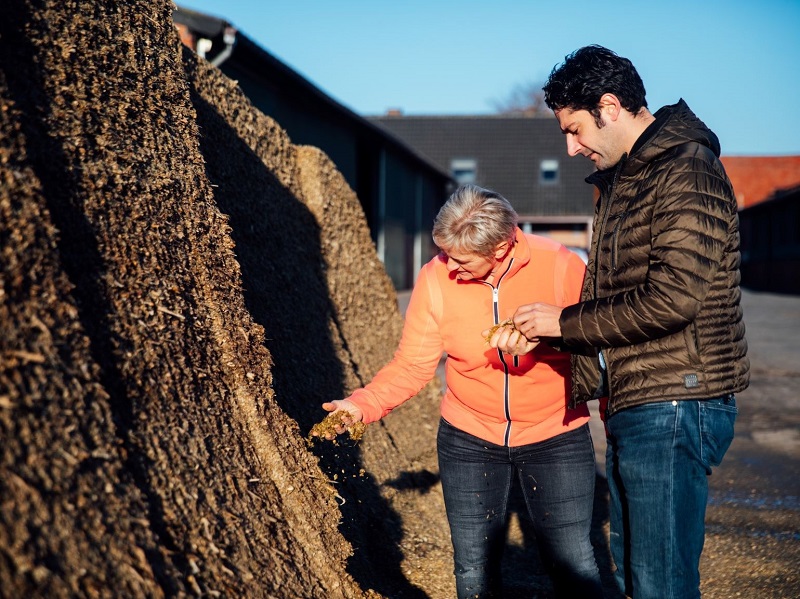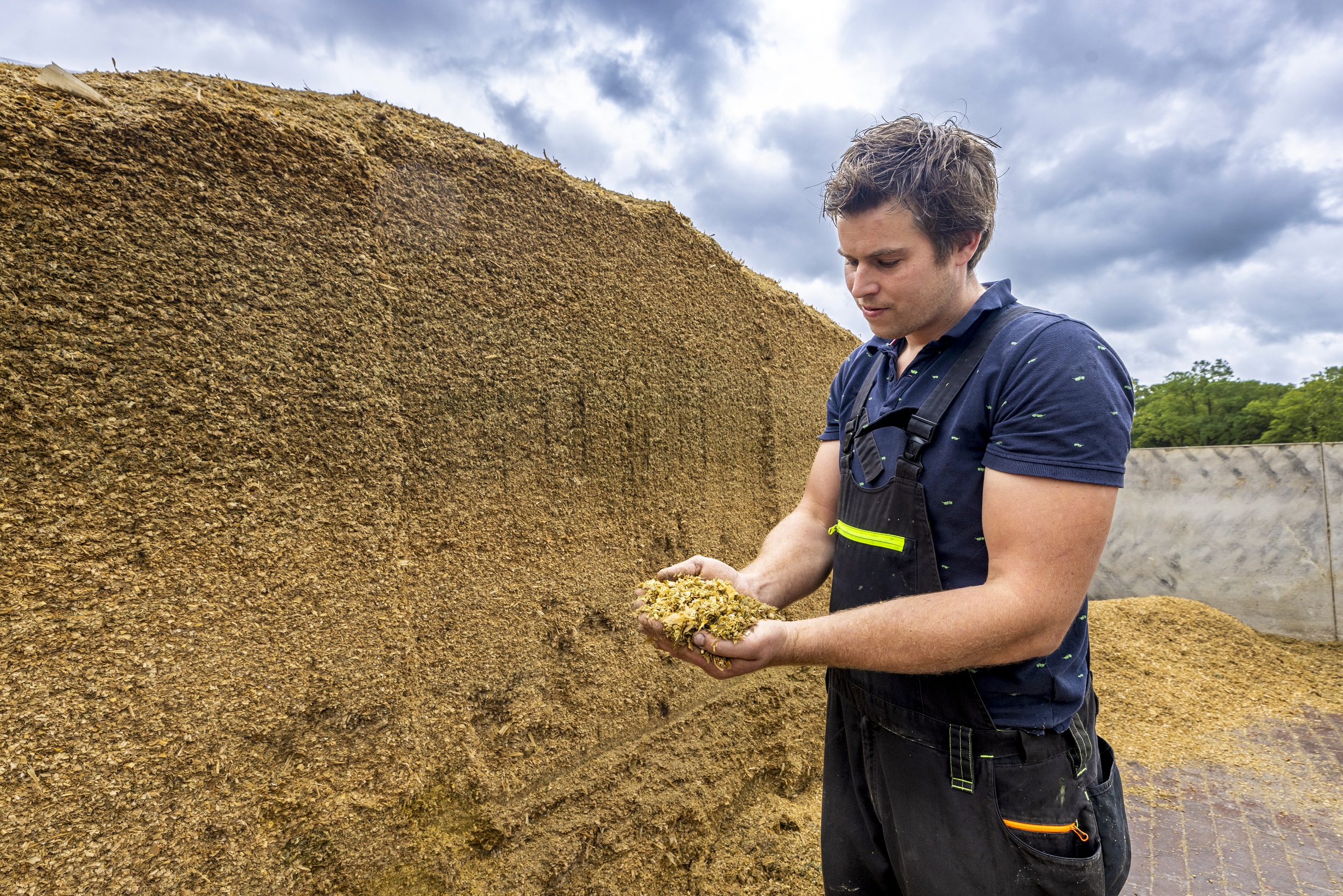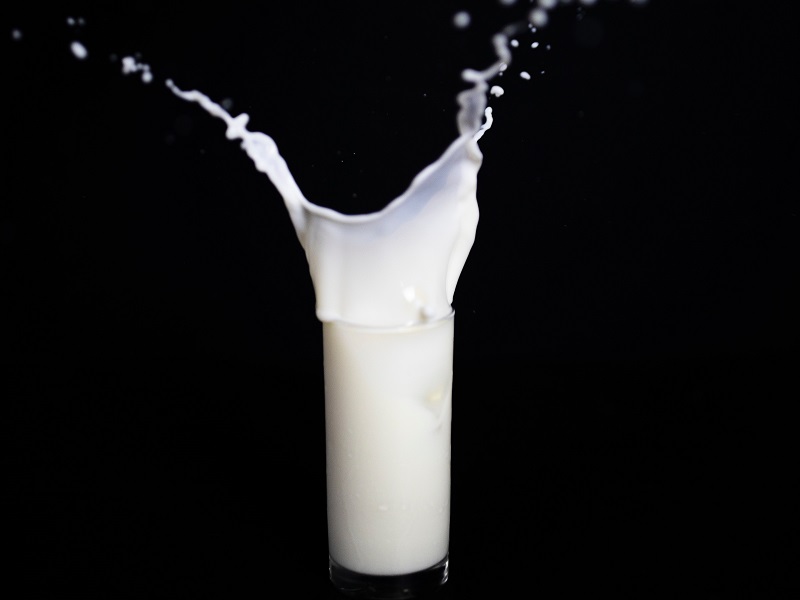Heat stress has been an increasingly common phenomenon in recent years. Naturally, this creates a major impact on your animals. In addition to analyzing this impact, this article provides advice on how to avoid or minimize the negative consequences.
During normal rumination activity, an important mechanical grinding of feed occurs to increase digestibility. As an important side effect, bicarbonate enters the cattle's mouth via saliva. Bicarbonate production takes place in the bovine blood on the basis of CO2 and water.
This bicarbonate is a base and buffers the rumen, where rumen flora always produces acids from rapidly digestible carbohydrates.
Influence of heat
In warm and humid weather, a high-producing cow may have a harder time getting rid of her heat. As a result, she starts trying to cool herself by hyperventilation or rapid breathing. This creates some negative effects: for one thing, it increases CO2 emissions, leaving fewer building blocks for bicarbonate production. In addition to this lower production, the outflow of this bicarbonate through the urine also increases.
Because of these effects, there will be a lower buffering effect of the saliva. Nevertheless, the rumen flora continues to produce the same amount of acid, increasing the likelihood of (latent) pension acidosis and likely decreasing the animal's feed intake.
The more acidic conditions in the rumen disadvantage the acetic acid forming bacteria. It is precisely that acetic acid that is the precursor to milk fat. So we can expect that with (dormant) rumen acidosis, induced by hot and humid weather, the fat content in the milk will decrease if no interventions are made.
So the reason why cows hyperventilate is because they can no longer get rid of their heat, and therefore they often reduce feed feed absorption as well. So this reduces the energy intake by the animal. Often, protein synthesis goes down as a result, and the animals lack energy to nicely tangle amino acids together to form true proteins. So in hot and humid weather, we can also expect a decrease in protein levels, as well as a decrease in milk production.
In traditionally warm areas, people have been working for some time with extra fats in ruminant feed to avoid this energy dip. Perhaps the climate change we are experiencing in recent years is forcing us to adopt this strategy as well.
Analysis from Farmdesk companies
The figure below shows the evolution of the average milk figures of Farmdesk farms.
Across these milk figures is the THI (Temperature Humidity Index). This index gives a good picture of the probability of heat stress by using a combination of temperature and air humidity . With higher temperatures and humid weather, the risk of heat stress goes up sharply. A THI above 70 indicates mild to moderate heat stress, while a THI above 80 indicates severe heat stress for the animals.
The colored areas on the graph indicate when there was a high probability of heat stress. In the first part of August we saw a THI above 80 for a longer period of time due to an increase in temperatures and high humidity. This probably caused the cows to already absorb less feed. This caused the cows to produce significantly lower protein levels, resulting in a dip in milk protein in the average Farmdesk farms. Due to the lower feed intake, we also saw a decrease in average daily production per animal.
We also see that the average Farmdesk farms were longer able to avoid the fat content dip than the protein content dip. Fat reduction can be limited or delayed by using pens buffers such as feed chalk, sodium bicarbonate or zeolite. In addition, adjustments to the barn climate may also have an impact.
We noticed that the cooler weather at the end of August and beginning of September did stimulate the cows to recover their contents, but we didn't get back to the average level of one year yet. The whole metabolism of the cows also has to adjust and recover for a while.
Compare your grades with Farmdesk average
What effect did the heat have on your animals and milk figures? In the Farmdesk tool you can easily compare your milk figures with other Farmdesk users in the sector. Besides the comparison in terms of fat, protein, somatic cell count and bacterial count, it is now also possible to compare your daily animal production with companies in the sector.
